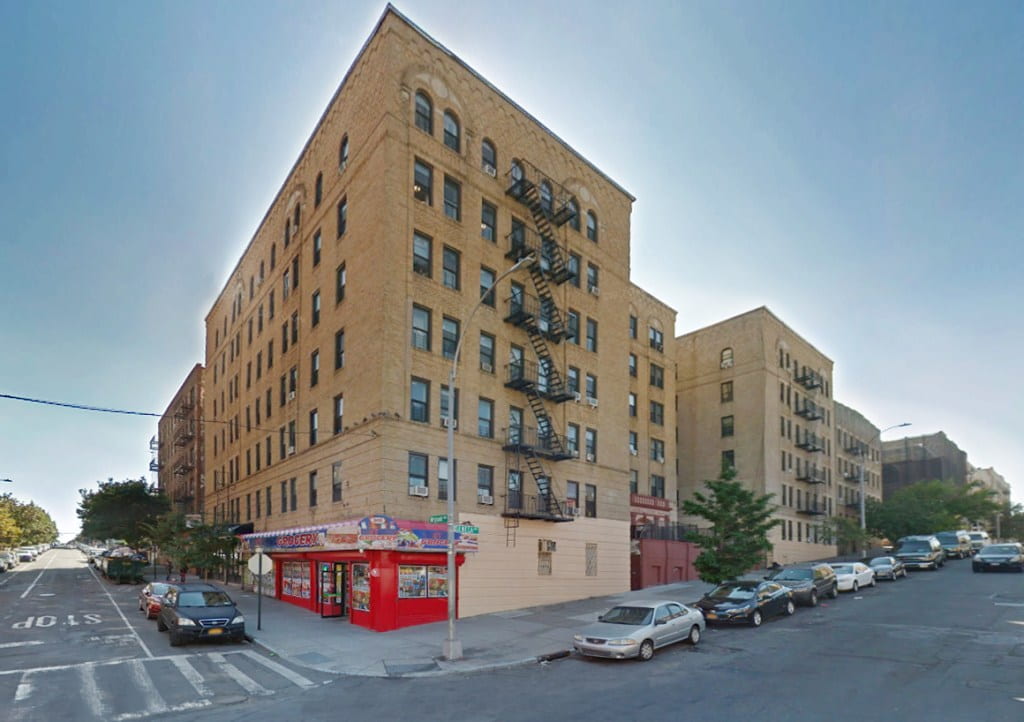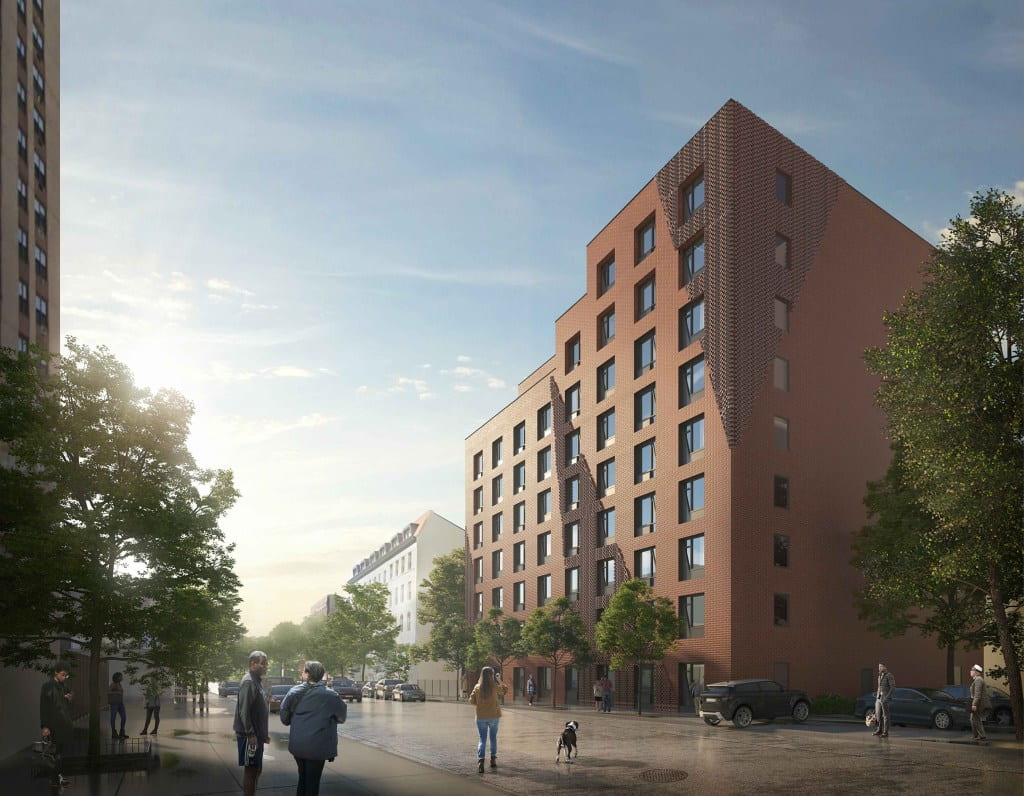Rick Gropper and Andrew Moelis know their niche and execute it well. Together, their understanding of the affordable housing market in New York City has, in short order, established their presence not only in the world of real estate investors, but, perhaps more importantly, the community stakeholders benefitting from their efforts. After a time as colleagues at L + M Development, where they sharpened their expertise in the affordable housing space, Mr. Gropper and Mr. Moelis ventured out on their own in 2016. Their venture, Camber Property Group was founded with the intent to build and rehabilitate buildings in a sustainable and cost-effective manner, to provide a desirable long-term home for their lower-income residents. Over the past five years, Camber has grown to 7,500 units under management, with now 20 employees working out of their New York City office.
In general, for housing to be considered affordable, regardless of locale, means that no more than 30% of a household’s gross income is spent on rent and utilities. Yet, when comparing New York City annual median incomes and implied monthly affordable rents, there is a stark disconnect, implying a large need for affordable housing product within the City. To create these products, however, requires a different economic approach than a conventional development project. The bones of a proforma must be altered from a market-rate deal to pencil. Reliance on tax credits, abatements, and municipal, State, or Federal rental housing program subsidies are often necessary in order to make a deal of this nature work.
HUD has three major programs aimed at assisting the development of affordable housing projects – tenant-based housing choice vouchers, project-based rental assistance, and project-based public housing. Subsidies, coupled with investor equity and conventional debt allows Camber to seek out de-risked, yield-safe assets (an increasingly desirable pitch for investors especially in a currently uncertain pandemic-burdened economy). In speaking to Cornell’s Baker Program in Real Estate students, Mr. Gropper and Mr. Moelis structured their presentation as a general introduction into the affordable housing sector as they know it, using two deals, one acquisition of an existing building and one new construction, to illustrate their points.
1314 Seneca Avenue, located in the distressed Hunts Point neighborhood of the Bronx, is a 65,000 SF, 60-unit building that Camber completed renovations on in June of 2018. The previous owner was attempting to take the building out of rent stabilization and renovate the units to bring them up to market rate. Unable to make this business model work in this specific neighborhood, the prior owner was looking to get out of the deal completely. Camber went to the City, explained the adverse effects this was having on residents, and negotiated tax abatements in exchange for putting the property in a 30-year affordable housing regulatory agreement. The property exchanged hands, and Camber began putting capital into fixing up the building. As a result, Camber was able to gain the trust of existing tenants and stakeholders along the way, ultimately creating a desirable renovated residence for the Hunts Point community to benefit from. The deal was similarly a success from an investment standpoint, with tax abatements raising the unleveraged yield, and an upcoming loan refinance extracting enough equity to begin paying back investor money. As a lower-risk investment, the returns in the affordable housing asset class are naturally less lucrative than other higher-risk deals. However, two points were made by the partners highlighting current pitch-points striking a chord with investors. First, in likening an investment in this asset class to arbitraging a bond, affordable housing investments can return more cash-on-cash yield than Treasuries with a similar term yet maintain similar risk and behavioral characteristics. Secondly, as investors become increasingly cognizant and proactive about their firm’s ESG approach, investment in a lower-yield affordable housing deal is gaining popularity amongst those in their ESG pursuit.
Victory Plaza, located at 11 West 118th Street, is a new building currently being developed by Camber into 132 affordable senior housing units, of which 40% will be reserved for formerly homeless senior citizens. Amenities in this property for senior citizens to benefit from include a health and wellness center and on-site social services to provide residents with access to items such as financial literacy training and medical services. This project responds to the high demand in New York City for senior affordable housing. As such, this site and property will be used in perpetuity for housing elderly persons of low income. Pre-development efforts including LIHTC financing negotiations, a Section 8 contract, a City subsidy, deed transfers, and city planning took roughly two years to complete. The building is now approaching completion, and with a TCO currently in hand, residents will begin moving in at the end of this month. With Section 8, residents pay 30% of their household income toward their share of the rent with HUD paying the difference. If the residents earn no or minimal income, HUD pays almost the entirety of the rent, which is great from a tenant-standpoint as well as a generator of reliable cash flow from the owner’s standpoint. But this lowered risk does not come without concession. As part of government-funding negotiations, one stipulation requires that the Davis Bacon Prevailing Wage benchmarks apply during the construction process. As a result, construction costs can (and have) increased up to 30% more than if prevailing wages were not required to be paid.
Understanding how negotiations get done and deals get executed, with credits, abatements, and subsidies flowing one way in exchange for affordability agreements and prevailing wage payments flowing the other, create a myriad of complexities for those involved in the affordable housing space. But the game changes from city to city. Though federal programs are accessible throughout the country, state and municipal differences create high barriers of entry everywhere. Expansion to new cities takes patience, grit, and time to learn the new landscape and hampers any rapid expansion of affordable housing, and affordable housing development firms, in this country. Investors used to view affordable housing investments with caution, out of a sense of uncertainty regarding bureaucratic processes, red tape, and all-around lack of understanding about the space. That uncertainty, on top of receiving lower returns along the way (market risk simply being exchanged with city risk) makes room for experts in this field, like Camber, to increasingly relieve these concerns. As a result, more eyes are focusing on affordable housing, which Camber has proven can benefit investors and stakeholders alike.


